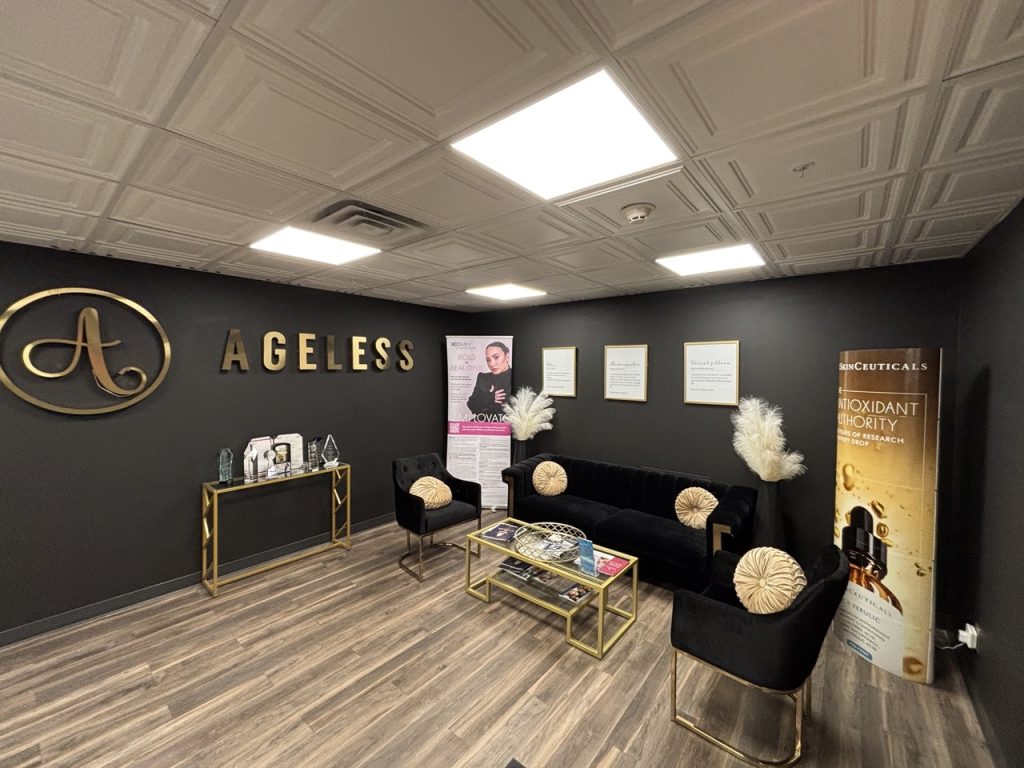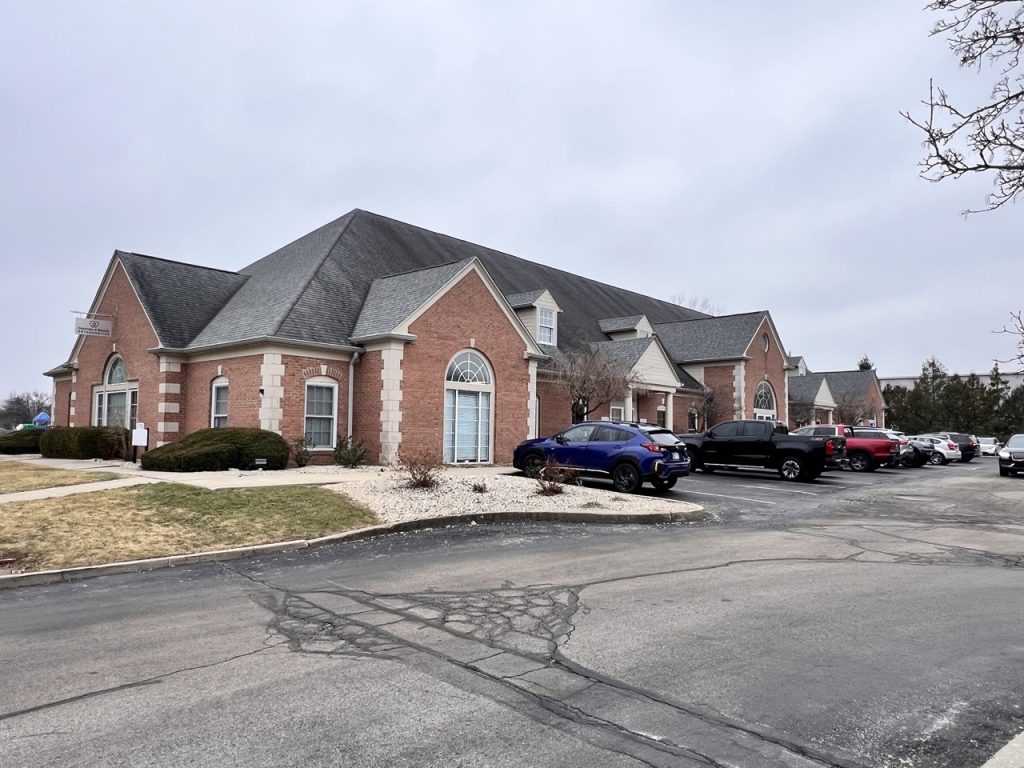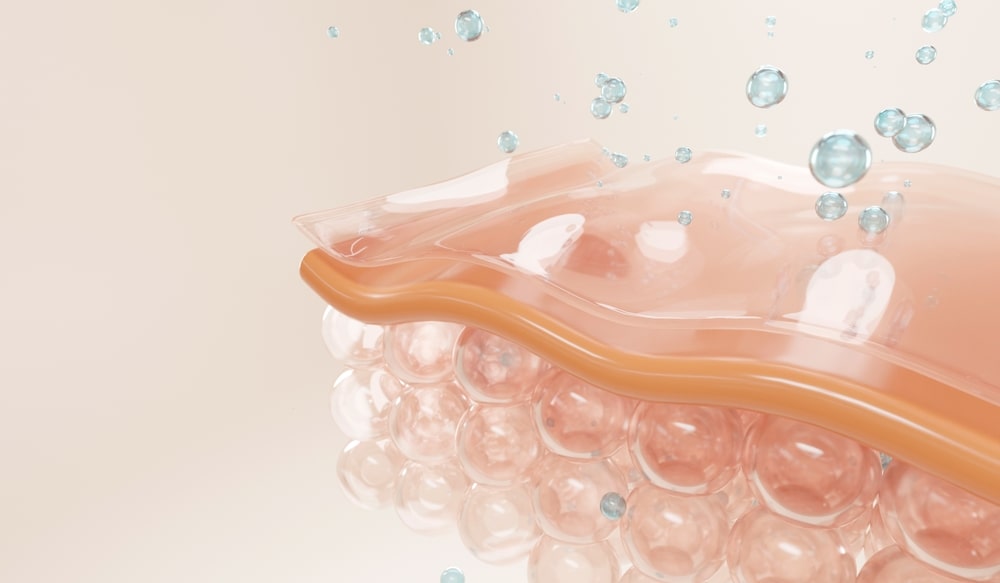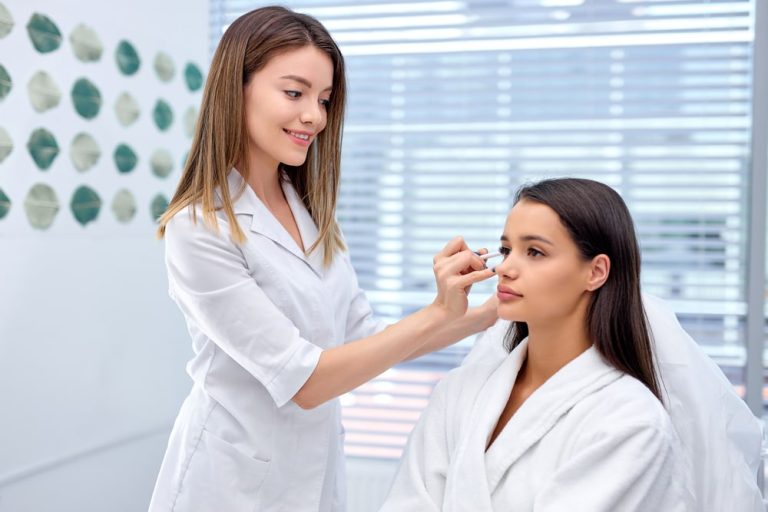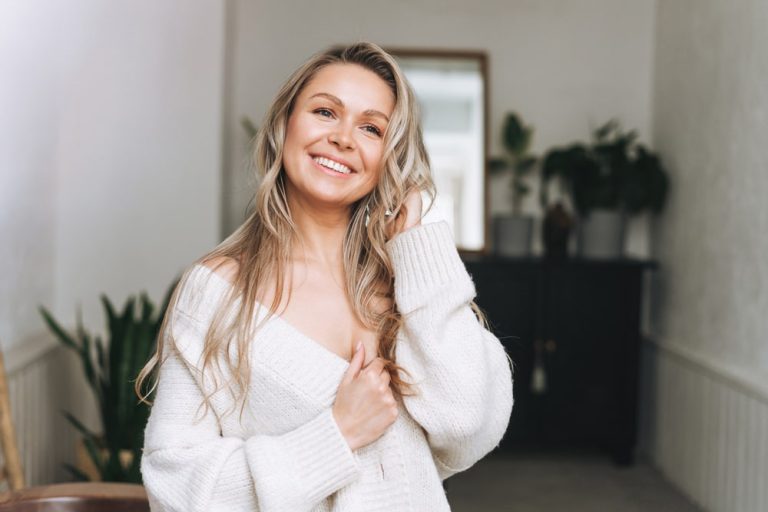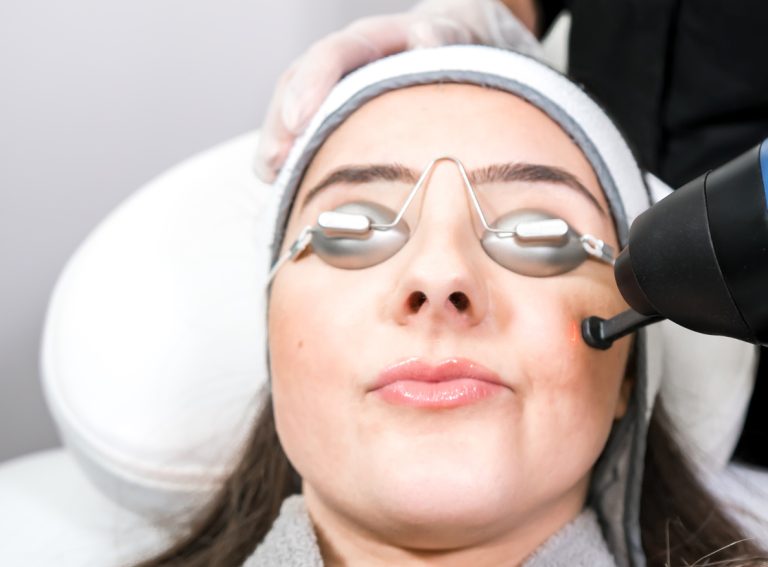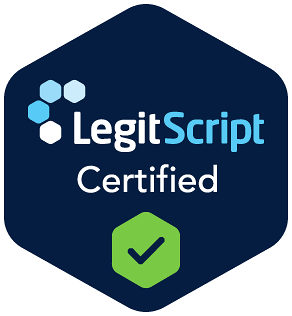Understanding Biostimulant Fillers: What Makes Them Different?
When most people think of cosmetic injectables, they picture immediate results—plumper cheeks, fuller lips, or softened lines after a quick appointment. That’s the hallmark of hyaluronic acid (HA) fillers, which have become one of the most common treatments in modern aesthetics. But a different class of fillers—called biostimulant fillers—offers a more gradual, regenerative approach to facial rejuvenation.
At Ageless Aesthetics in Indianapolis and Greenwood, we specialize in both HA and biostimulant fillers, and we believe education is a key part of achieving beautiful, natural-looking results. If you’re curious about what makes biostimulants different, this guide will help you understand the science, benefits, and whether they’re right for your aesthetic journey.
What Are Biostimulant Fillers?
Biostimulant fillers don’t just fill—they stimulate your body to create its own collagen. Instead of providing immediate volume by injecting gel-like substances under the skin, biostimulants work by triggering your skin’s natural regenerative processes. Over time, the treated areas become firmer, more lifted, and more youthful—not because of the filler itself, but because of the collagen your body produces in response to it.
Unlike traditional fillers that are gradually broken down and absorbed, biostimulants offer more lasting structural support by improving skin quality at a deeper level. The results develop more slowly, but they also tend to be more subtle, durable, and long-term.
The Two Most Common Types
At Ageless Aesthetics, we offer the most trusted and widely used biostimulant products: Sculptra® and Radiesse®. While both stimulate collagen, they do so in slightly different ways and are suited for different areas and concerns.
Sculptra is made of poly-L-lactic acid (PLLA), a biodegradable material that has been used in surgical sutures for decades. When injected beneath the skin, Sculptra gradually activates fibroblasts—your skin’s collagen-producing cells. It’s particularly effective for patients with generalized facial volume loss, sagging skin, or thinner skin in areas like the temples, cheeks, or jawline.
Radiesse, on the other hand, consists of calcium hydroxylapatite (CaHA) microspheres suspended in a gel. It offers an immediate subtle lift while also triggering collagen and elastin production over time. Radiesse is often used in areas that benefit from more definition and support, such as the chin, jawline, and even the backs of the hands.
How Biostimulants Differ from Traditional Fillers
Most HA fillers (like Juvederm or Restylane) work by adding volume directly to the tissue. You can see results right away, and adjustments can be made instantly. These fillers are also reversible, which adds a layer of comfort for first-time patients.
Biostimulants, by contrast, don’t provide instant gratification. After injection, the initial fullness usually fades within a few days, and then the collagen production begins. Over the next 6–12 weeks, skin texture and volume improve gradually, leading to a refreshed appearance that doesn’t scream “I had work done.”
Another key distinction is longevity. Hyaluronic acid fillers typically last 6 to 12 months depending on the area. Biostimulant fillers can last 18 months or longer, with results that continue improving months after treatment.
What to Expect During Treatment
The treatment process is similar to that of HA fillers in terms of preparation and comfort. Before your session, we’ll review your medical history, discuss your goals, and decide which areas are best suited for biostimulant injection. A topical numbing agent is applied, and we use a fine needle or cannula to place the product deep within the dermal layers.
The procedure usually takes 30 to 45 minutes and involves minimal discomfort. Afterward, you might feel mild tenderness or notice swelling, which typically resolves within a few days. With Sculptra, we’ll also give you specific aftercare instructions—including a massage protocol (five minutes, five times a day, for five days) to help the product distribute evenly.
Who Is a Good Candidate?
Biostimulant fillers are ideal for patients who are looking for gradual improvement, not immediate volume. They work particularly well for people with early to moderate signs of aging—especially those with thinning skin, loss of facial definition, or a desire for long-term rejuvenation without frequent touch-ups.
These fillers are also popular with patients who’ve tried HA fillers but want a more natural-looking result over time. Because they encourage your own body to do the work, biostimulants tend to integrate beautifully with your existing features.
You might be a good candidate if you:
- Are noticing sagging or facial hollowness
- Want to improve skin texture and thickness
- Prefer natural, subtle enhancement over instant plumping
- Are interested in long-term results that age well with you
- Want to reduce the frequency of injectable maintenance
When Will You See Results?
This is one of the most important distinctions. If you’re used to the instant gratification of lip or cheek filler, you’ll need to adjust your expectations. With biostimulant fillers, you won’t walk out of your appointment looking dramatically different—but you will notice a slow, steady change in your skin over the following weeks and months.
Most patients begin to see improvement in about 6–8 weeks, with continued collagen development over 3–6 months. Depending on your goals, we may recommend a series of treatments spaced 6 to 8 weeks apart to build up a stronger collagen base.
How Long Do the Results Last?
One of the biggest advantages of biostimulant fillers is their longevity. Unlike traditional fillers that fade steadily over time, biostimulants promote internal collagen remodeling, which means the improvements don’t depend on the presence of a gel—they come from your own skin.
Most patients enjoy visible results for up to 18 to 24 months, sometimes longer. Maintenance treatments can be spaced far apart and tailored to your aging process rather than a strict refill schedule.
Are There Any Risks?
Biostimulant fillers are FDA-approved and have a strong safety profile when used by experienced providers. As with any injectable, there’s a small risk of swelling, bruising, or tenderness after treatment. Rare complications like nodules or uneven texture can usually be managed with proper massage and provider guidance.
That’s why it’s critical to choose a provider who has extensive knowledge of anatomy, advanced technique, and experience with these specific products. At Ageless Aesthetics, we customize every biostimulant treatment to ensure balance, symmetry, and natural outcomes.
One Small Comparison
For quick reference, here’s how the two types of fillers compare:
Traditional HA Fillers
- Immediate results
- Lasts 6–12 months
- Adds volume directly
- Reversible
- Best for specific contouring or hydration
Biostimulant Fillers
- Results appear gradually
- Lasts 18–24 months
- Builds collagen from within
- Not reversible, but very safe
- Ideal for soft volume loss and skin quality improvement
The Long-Term Rejuvenation Option
Biostimulant fillers are one of the most powerful options in modern aesthetics—not because they instantly transform, but because they quietly rebuild what time has taken away. Whether you’re just starting your aesthetic journey or looking for a more sustainable alternative to traditional filler, these treatments offer lasting impact without dramatic change.
If you’re ready to invest in your skin’s long-term strength and structure, we’re ready to build a plan around your goals.
Call or text 317.855.9100 to book your consultation.
At Ageless Aesthetics, your results are never rushed—they’re refined, personalized, and built to last.

